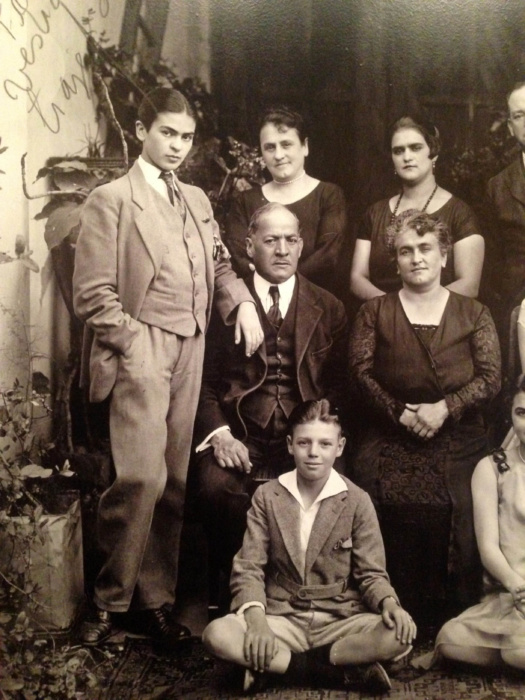
Frida Kahlo endured 34 surgeries in her 47 years. She lived a life haunted by tragedy, painting her pain. Sometimes I ask myself what if she didn’t go through a horrific accident at 18, would she become the most famous female artist after all? Would she paint some other pain in her life? This museum show is small but well-presented. It summarizes Frida’s relationship with her art, her husband Diego Rivera, and her pain.
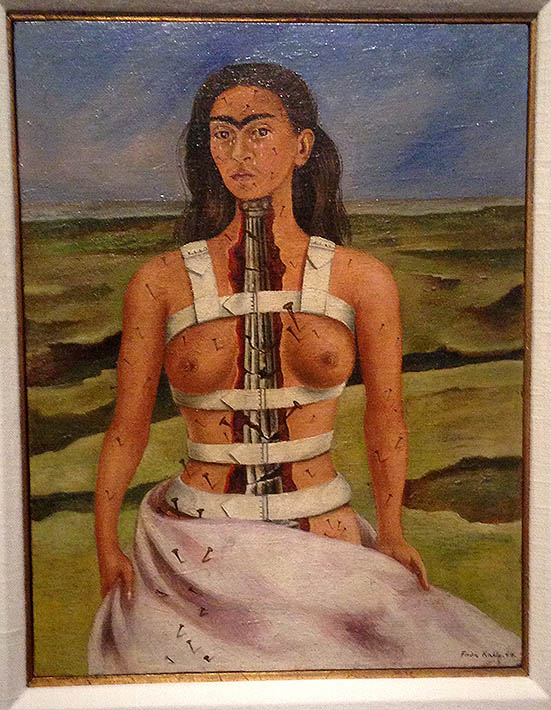
Every aspect of Frida’s life is set against her both physical and emotional pain. And lots of it. Surreal paintings and drawings focus on the breaking point in her life – the car-train accident. A broken metal handrail pierced through her pelvis that led Frida into a dark place of endless suffering, surgeries and miscarriages for many years to come. She documents her suffering on small canvases, often painting in bed.
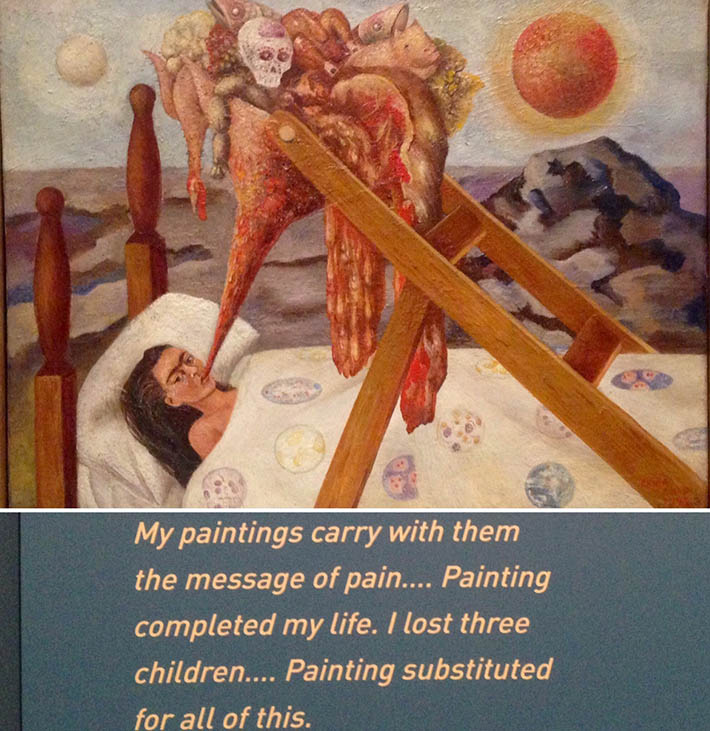
Frida Kahlo symbolism
Despite the obvious lack of technical skills, Frida’s art is highly symbolic and powerful. It’s one of the reasons why most US museums keep showing her art in rotation. Similar to French surrealists, Frida explores the symbols of her dreams in art. Frida also saves herself from endless suffering by painting symbolic pictures that represent her thoughts. We often see her husband Diego Rivera, blood, fetuses, bed, and animals as symbols in her paintings.
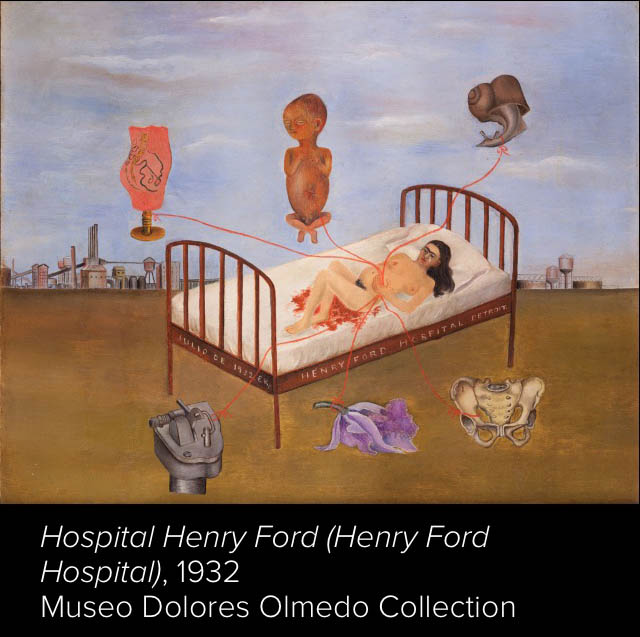
In the art show we can also study a number of pages taken from her childhood journal. Tight sentences fill the pages with stories and doodles, in which we can see Frida’s desire to travel across time and space creatively.
Below you see a sketch of her accident.
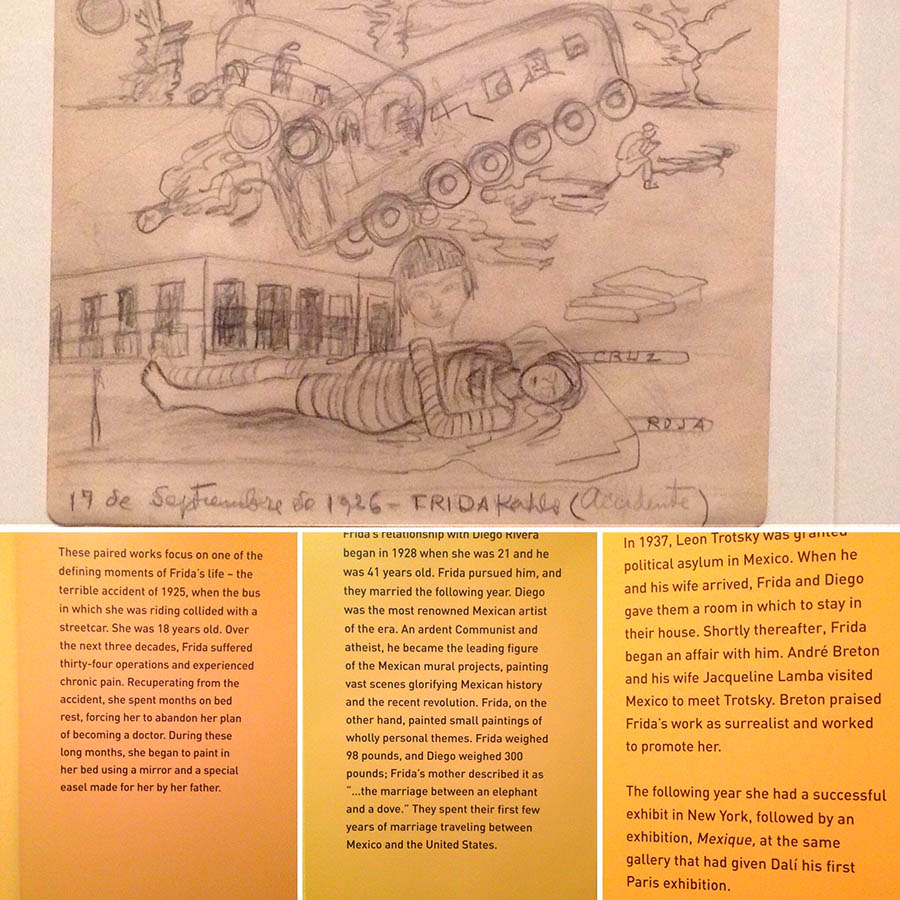
Frida’s art is her self-portraits. By comparing her paintings to the black-and-white pictures, I think she paints herself too masculine with a hint for dark mustache and her signature arching eyebrow that looks like a wing. While nude or semi-nude artist appears serious, or even cries in her self-portraits, Frida’s photographs show the artist dressed colorfully, and even with some noticeable flare. She wears long skirts, shawls, jewelry, and the real flowers put in her hair that all point at her girly, untouched by the inner sorrow cheerful personality.
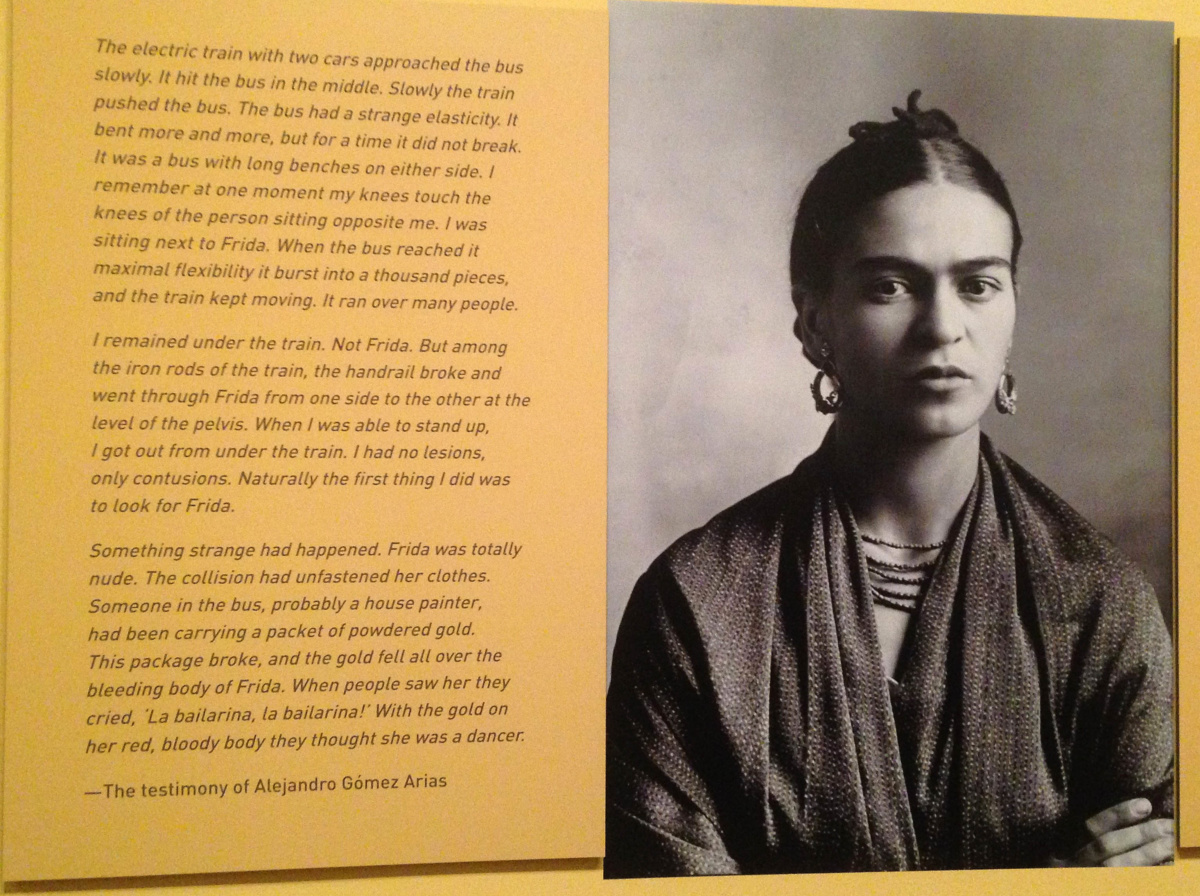
I remained under the train. Not Frida. But among the iron rods of the train, the handrail broke and went through Frida from one side to the other at the level of the pelvis. When I was able to stand up, I got out from under the train. I had no lesions, only contusions. Naturally the first thing I did was to look for Frida.
Something strange had happened. Frida was totally nude. The collision had unfastened her clothes. Someone in the bus, probably a house painter, had been carrying a packet of powdered gold. This package broke, and the gold fell all over the bleeding body of Frida.
When people saw her they cried, “La bailarina, la bailarina! With the gold on her red, bloody body they thought she was a dancer.
-The testimony of Alejandro Gómez Arias
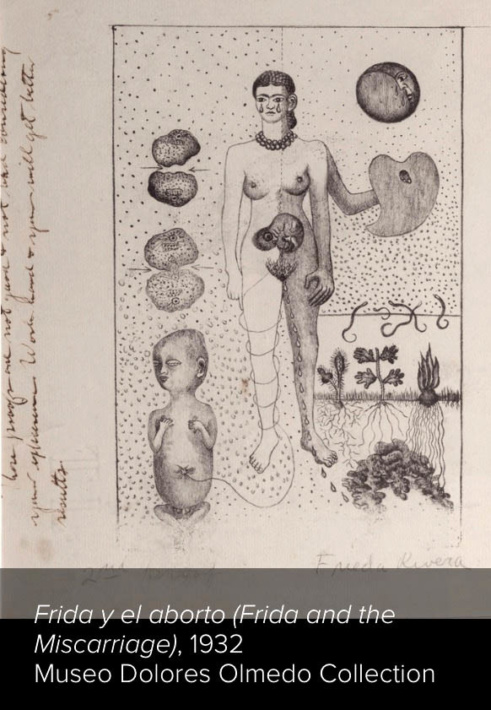
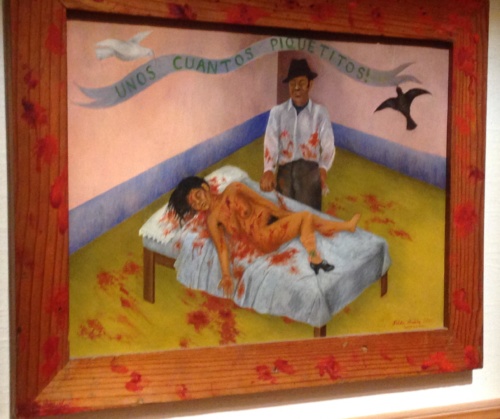
We tend to idealize people once they pass away, give them heroic qualities and subdue their pitfalls. In this show I wished to see the subtle layers of her personality that I couldn’t pick up from her art. Did she feel like a victim who suffered and longed for pity from people around her? Or did she consider herself a hero who overcame her physical and emotional struggles? Did she have any close friends who supported her artistic purpose besides Diego? Why did she stay with Rivera despite his countless infidelities? Was it love or weakness? In her art and photographs we see Diego almost too often, and not enough of her surroundings or people who may have helped her heal.
The art show is up at the Dali museum in St.Pete till mid. April. I recommend downloading the museum’s app that guides you through the exhibition. http://thedali.org/
Copyright: All images were taken at the art show at the Dali museum in St.Pete in 2017.
.